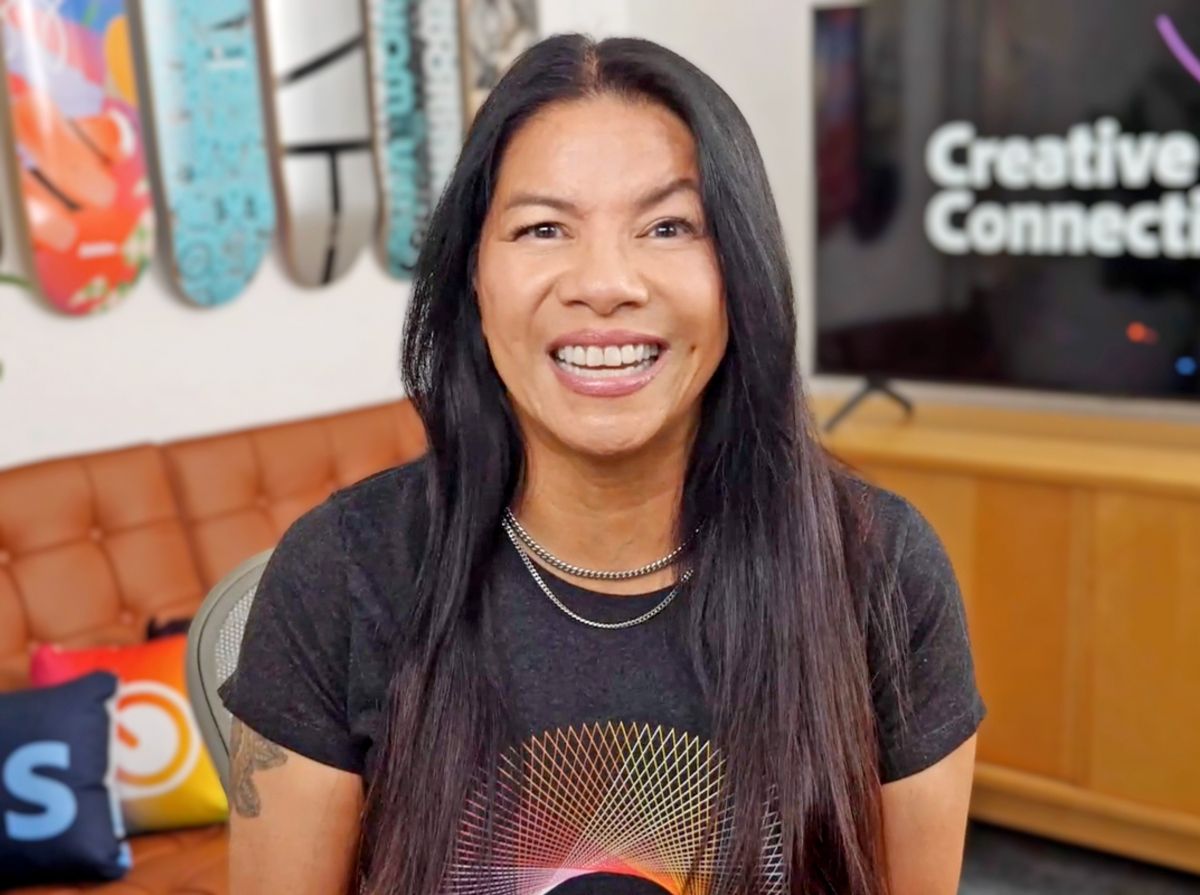Let’s talk about that magazine you couldn’t put down at 2am. That meal that lives rent-free in your head years later. That event where you finally felt like you found your people. That moment when you picked up that skincare bottle, the label felt so soft and luxurious in your hands—almost like it was made just for you.
Spoiler alert: It wasn’t the perfect typography or stunning visuals that got you (though as a type nerd, I still geek out over beautiful rags.)
I learned this the hard way. Back in 2002, our design firm Ramp Creative in downtown LA was crushing it—winning awards, getting published in design annuals, and living that “perfect portfolio” life. Our annual reports were gaining recognition. We had a well-rounded portfolio and the best clientele. But something was missing.
The real magic started happening when we stopped thinking about design as just visual problem-solving and started thinking about it as crafting experiences.
Take our 2006 annual report project with CWS Capital Partners. Instead of simply designing another clean-looking report, we asked ourselves: How do we make investors feel something when they hold this in their hands?

Circulating Value, the 2006 CWS Capital Partners LLC Annual Report we designed
The result was “Circulating Value”—a report where every detail told a story of trust and legacy. We integrated vintage banknote artwork and intricate guilloche patterns to reflect the theme. The very paper it was printed on had the toothy feel of worn currency, reinforcing the concept that when currency circulates, it brings more value to more people. To add an even deeper layer of authenticity, we had my mother-in-law handwrite the headlines for the property ledgers—bringing in that perfect touch of pre-digital era humanity.
That’s when it clicked for me: Form doesn’t just follow function—it follows feeling.
I think about Type Thursday Los Angeles, a typography community I helped build. Sure, we talked about kerning and page hierarchy, but what made people come back month after month wasn’t the technical discussions. It was the feeling of belonging to something bigger than themselves. A place where other people got just as excited about letterforms as you did.
Now at Adobe, I bring this same energy while hosting design events. It’s not just about teaching software or sharing design tips. It’s about creating moments where a student in Mumbai feels connected to a designer in Montreal, where creative souls find their tribe. Where that quiet “oh, I’m not the only one” moment happens.
The secret sauce? Everything needs to serve a purpose. Every touchpoint, every interaction, every service-level detail should make people feel seen, understood, and valued. Like that coffee shop where the barista starts making your usual before you even order, or that playlist that somehow knows your mood better than you do—it’s the intentional little things that add up to something unforgettable.
When you nail this harmony between intention and execution, something magical happens. People don’t just participate—they belong. They don’t just attend—they anticipate. They don’t just consume—they contribute.
I see this in action every day. When my Digital Events team at Adobe launched our Creative Connections livestream program, we didn’t just aim for attendance numbers. We crafted experiences where every element—from the chat interaction to the way we featured audience questions—made people feel like they were part of something special. The result? A vibrant community that generates thousands of meaningful interactions, not because we asked them to, but because they want to.
This isn’t just about design. It’s about understanding that every experience—whether it’s flipping through a magazine, watching a show, enjoying a meal, or participating in an event—is an opportunity to make someone feel something. To create a moment that matters.
TDLR: People might forget your perfect color palette or your brilliant grid system, but they’ll never forget how you made them feel.
So next time you’re deep in design mode, pause and ask yourself: “How do I want people to feel?” Because that’s where the real magic happens.
What experience has stuck with you like a perfect song? What made it unforgettable? I bet it wasn’t only about the typography, layout, or packaging (although I love blind embossing and clever die cuts). It was probably something much more meaningful than that.
Log in to comment!
